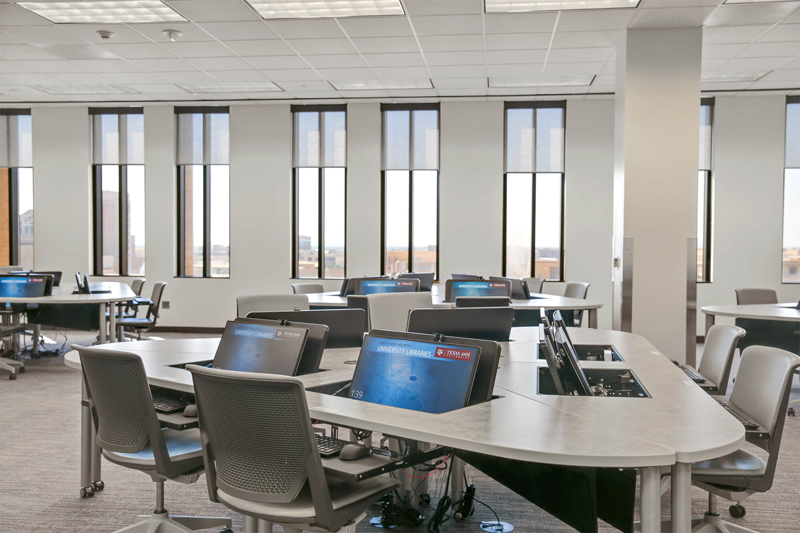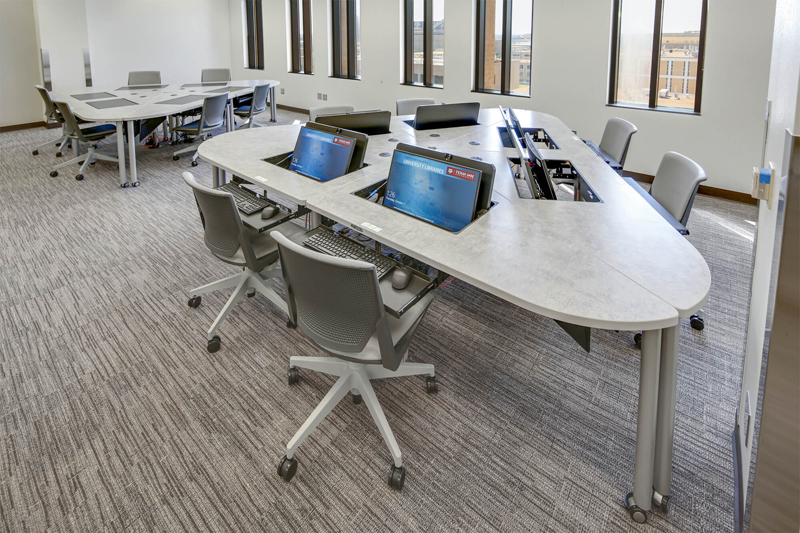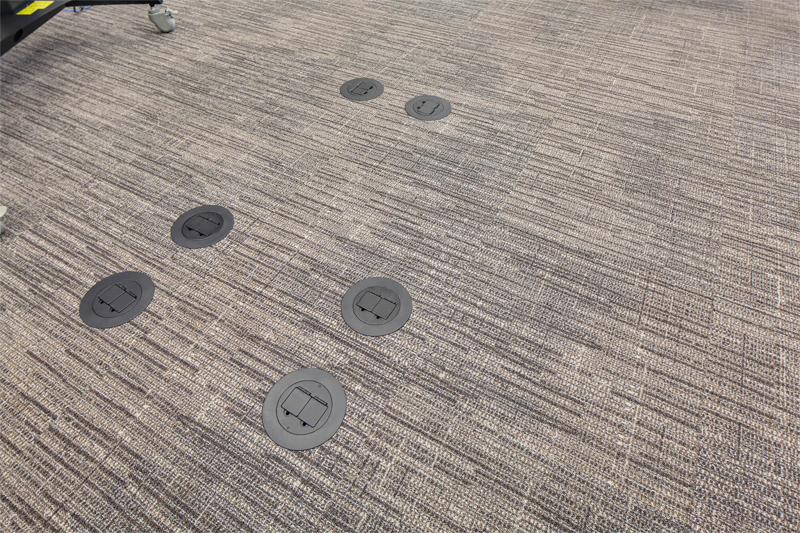In the COVID age, flexibility is not just a catchphrase for institutions of higher education, but an emergent philosophy. As universities consider their mission, budget, and student success in the semesters to come, a recurrent theme for administrators and educators is how important flexibility will be in shaping the interplay between physical space and intellectual pursuit.
The hybrid campus, mind-boggling a mere 12 months ago, is now here to stay. While the arrival of COVID brought on a sudden shock, after 21 months of pandemic learning, higher education administrators have had the opportunity to reflect on what has worked – and what has not. The birth of an adaptive workplace environment on university campuses is a positive development in the higher education landscape, and one that was tremendously accelerated by the pandemic.
So, what exactly does an adaptive university environment look like? In academia, “adaptive” as a term frequently refers to testing technologies with the potential to personalize learning experiences. Similarly, adaptive work environments reflect the flexibility that gives faculty, staff, and students the ability to be fully productive and engaged, in their research, teaching, and learning pursuits. Virtual collaboration tools, clear telework policies, and digital security are transforming how universities have traditionally operated. In the post-COVID world, the more nimbly universities model the hybrid nature of work, life, and learning, the more successful they will be in achieving their educational mission.



Texas A&M needed the Annex space for the new library to embody an adaptive classroom that would meet a diverse array of needs. The Annex is home to active learning, so having ergonomic, modular furniture was a core component of the project. Since active learning furniture is inherently mobile, the space also needed a flexible raised floor system to accommodate reconfiguration of the furniture elements. Raised access floors, such as the SMARTflor®, enable repositioning of power and data receptables throughout any room without the need for electricians or core drilling. If instructors need pod arrangements for tables, outlets can be centrally grouped together, or spread across the room if tables are separated from each other.


